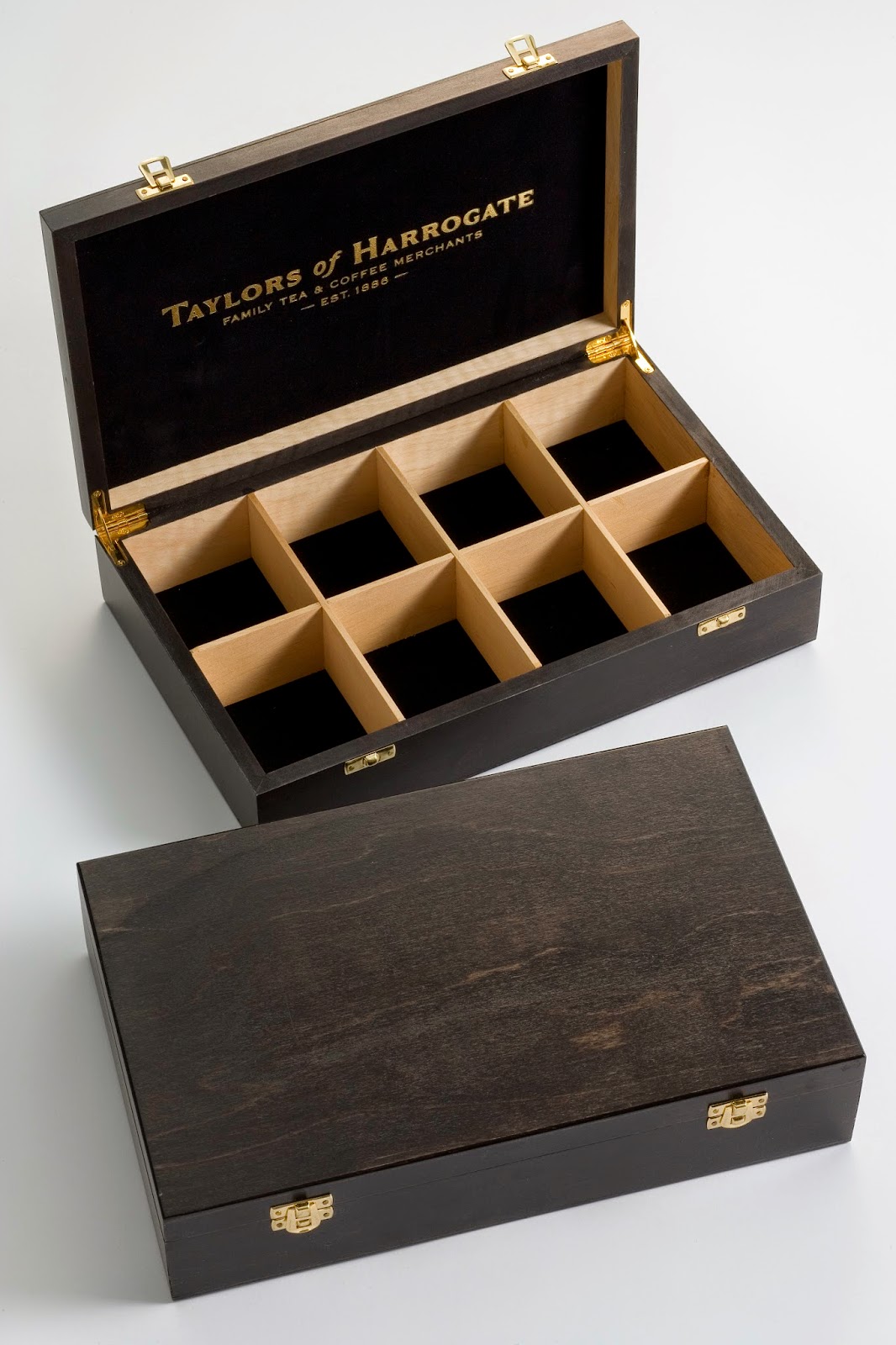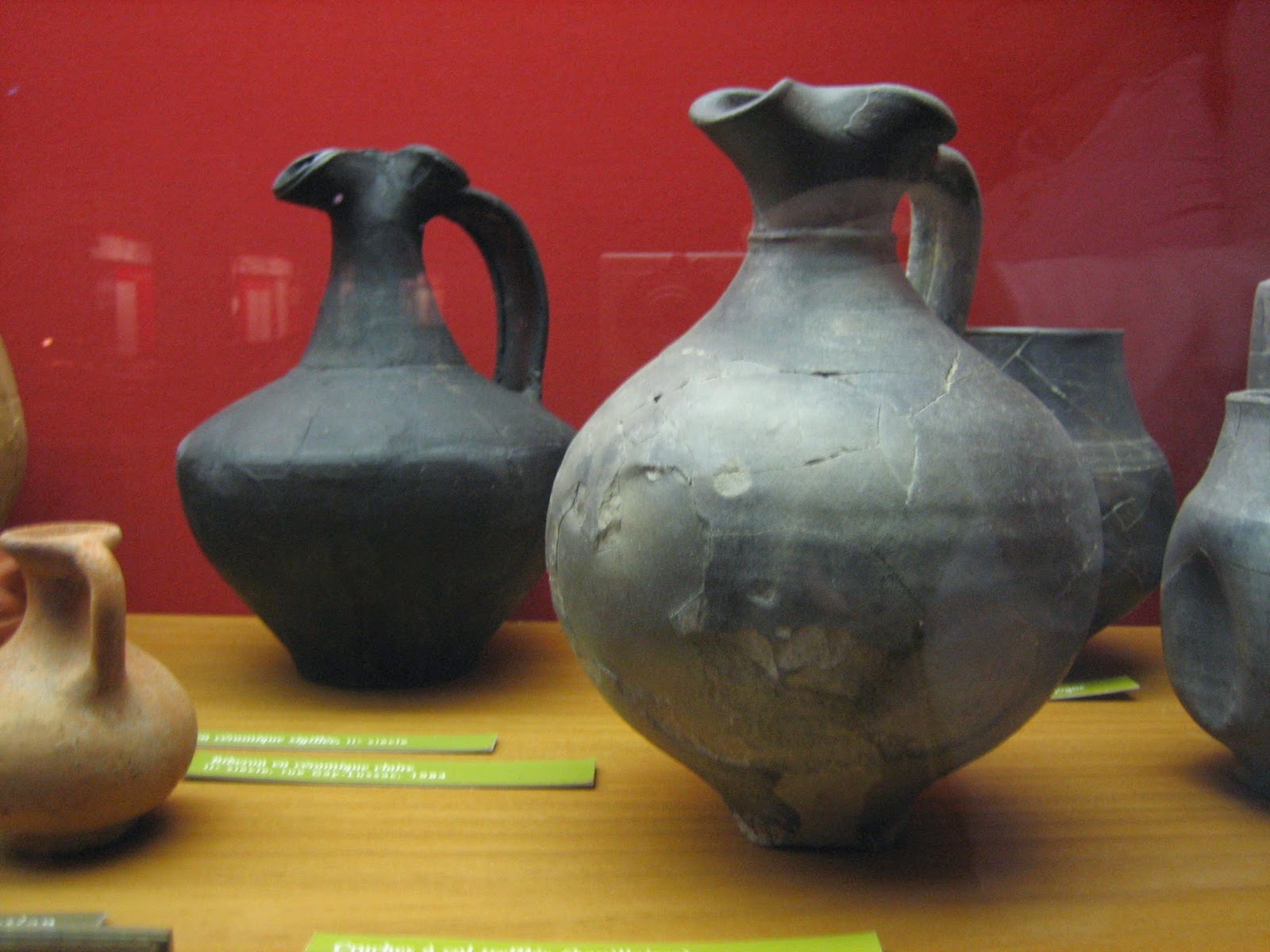Using glue is perhaps the most common task in wood box making, apart from cutting and shaping the wood itself.
However, there's often a better understanding of how to cut and shape wood, than there is in the gluing process, which requires great skill and a precise knowledge of the properties of glue.
When viewed under the microscope, wood is a solid mass of fibres, running roughly parallel in one direction and when gluing wood, we can use this fact to our advantage.
However, there's often a better understanding of how to cut and shape wood, than there is in the gluing process, which requires great skill and a precise knowledge of the properties of glue.
When viewed under the microscope, wood is a solid mass of fibres, running roughly parallel in one direction and when gluing wood, we can use this fact to our advantage.
Wood joints are always stronger when the wood fibres on two pieces of wood being joined together, run in the same direction.
Applying Wood Glue To Finger Joints
When two pieces of wood are joined together correctly, the wood adhesives that are available today can create a bond that is often stronger than the wood itself.
The fibrous nature of wood allows modern adhesives to provide a very strong bond, right inside the wood itself and not just on the surface.
This fact is important, as it determines how wood bonding techniques are used and applied during the manufacturing of our custom made, wooden boxes.
Generally, the longer the glue sets (ie. remains in a liquid state) the deeper it will penetrate into the wood and the stronger the wood joint will be, potentially.
There are certainly other factors that determine how deep the glue will penetrate the wood. For example, softwoods are more porous than hardwoods and therefore the liquid glue will penetrate a lot deeper than hardwoods.
However, even with hardwoods, there is usually sufficient penetration to form a very strong bond.
In the past, the glue setting time determined the ultimate strength of the joint. A longer setting period meant that the joint was stronger.
However, because of advances in glue manufacturing and improvements in the quality of glues, the relationship between setting time and joint strength is less important today.
The fibrous nature of wood allows modern adhesives to provide a very strong bond, right inside the wood itself and not just on the surface.
This fact is important, as it determines how wood bonding techniques are used and applied during the manufacturing of our custom made, wooden boxes.
Generally, the longer the glue sets (ie. remains in a liquid state) the deeper it will penetrate into the wood and the stronger the wood joint will be, potentially.
There are certainly other factors that determine how deep the glue will penetrate the wood. For example, softwoods are more porous than hardwoods and therefore the liquid glue will penetrate a lot deeper than hardwoods.
However, even with hardwoods, there is usually sufficient penetration to form a very strong bond.
In the past, the glue setting time determined the ultimate strength of the joint. A longer setting period meant that the joint was stronger.
However, because of advances in glue manufacturing and improvements in the quality of glues, the relationship between setting time and joint strength is less important today.















